My inbox may be at more than 300 messages and my office stacked high with business cards, but it is all worth it because I just had an incredible two weeks at three conferences meeting some of the best hardware startups Europe has to offer. As Director of UK Hardware, Design, and Technology I am lucky enough to be based in London supporting teams in Europe to bring their products to market with Indiegogo.
For anyone who didn’t make it across to my side of the pond in March, here are some of the best startups we found and a glimpse into the trends at Mobile World Congress, 4 Years from Now in Barcelona, and Wearable Tech Show in London.
Mobile World Congress – David vs. Goliath
Over 100,000 people flocked to Barcelona for the biggest mobile conference in the world with 8 huge halls filled with the latest smart phones, smartwatches, and beyond. There was a palpable dominance by the tech giants. Samsung’s booth seemed to take up half a floor and dominated media attention for the Galaxy 6. Startups were there but mainly in country delegations supported by government trade organisations. This is a marked difference to CES where each year the floor feels more evenly shared between big players and startups.
Beyond the phones—wrists continue to dominate
Almost every major brand has moved into the smartwatch arena. A predictable, but interesting trend was design-led smartwatches such as those from LG and Huawei, both launching devices that look very much like your ordinary watch. Clearly form is becoming a key priority alongside functionality.
Demand for startup events: 4YFN & IoT Stars
Barcelona has also seen the birth of amazing events such as 4YFN (Four Years from Now), the startup version of MWC, which shines a light on the early innovations that one day may have a booth at MWC. In it’s second year, 4YFN has doubled in size with over 8,000 attendees, startups from all across Europe showcasing their technology, and top speakers, including our very own Slava Rubin!
Walking around the Innovation Market we bumped into exciting hardware startups such as Puzzlephone, making the world’s first modular smartphone, and Codie, a super cool robotic toy that teaches kids how to code.
The Monday of MWC IoT stars featured a startup pitching event for the best IoT startups (and there are a lot) in Europe. I had the pleasure of evaluating these worthy teams alongside fellow judges and friends, Redg Snodgrass of Wearable World, Robin Wauters, editor of Tech EU, and Reshma Sohoni, founder of Seedcamp.
After much deliberation, we awarded the top spot to Finnish startup LeeLuu, a smart textiles nightlight to help children sleep better, and the Series A award went to Ambiotex a smart shirt that gives you insight to your body’s biometric data.
I saw a clear trend toward the next generation of wearable tech using smart textiles to better integrate devices into our everyday clothing—and hopefully free up our wrists a little! In Europe, there is clearly an abundance of brilliant talent, innovation, and smart teams ready to give Silicon Valley a run for it’s money when it comes to hardware. This is the space to watch!
Wearable Tech Show
The Wearable Tech Show in London was even bigger and better this year. It was awesome to see Indiegogo-funded success stories like Misfit, Beddit, and Atlas with sizeable booths packed full of crowds. These successful, sustainable businesses have gone on to raise venture investment, establish distributors and sell in retail outlets. Misfit and Beddit have even joined forces to accurately track your sleep!
Our Indiegogo booth was a bit smaller, but we also showcased amazing hardware projects that have been brought to market through Indiegogo. These included SkyBell, which went from a prototype to being included in the WWDC keynote as a part of HomeKit last year, Muse a brain-wave sensing headband which raised $6m investment, and Kinsa thermometer, which is now sold in CVS, a mega global pharmacy chain.
Wearable trends: focus on niche health
As expected there were a number of fitness trackers and smartwatches, continuing the wrist trend. It was my first time trying out Atlas, and I was seriously impressed. It sensed the exact exercise I was doing and gave me feedback on my first try. Accuracy will really be the win for these devices as consumers not only demand a better understanding of their body, but also algorithms that are intuitive and accurate.
In my keynote, I talked about the rise of the “Quantified Self” and how wearables have grown into parallel tracks of mobile technology enabling us to learn more about our health by using data tools that let us measure and analyse our daily lives. Consumers, however, are demanding more: more data, deeper insight, and more specialised information.
We are witnessing this evolution daily through the products launching on Indiegogo. For example, we’ve seen a move from simple fitness trackers towards niche products that address specific health needs, such as Embrace which detects early signs of seizures, and Quell, an FDA approved pain relief wearable, created by NeuroMetrix, an established healthcare company.
Smart textiles and a focus on health are only the beginning. Collaboration between entrepreneurs and users, often enabled by crowdfunding, will no doubt bring another evolution in this market—and I bet it will be a lot sooner than four years from now!
5 Responses
You must be logged in to post a comment.
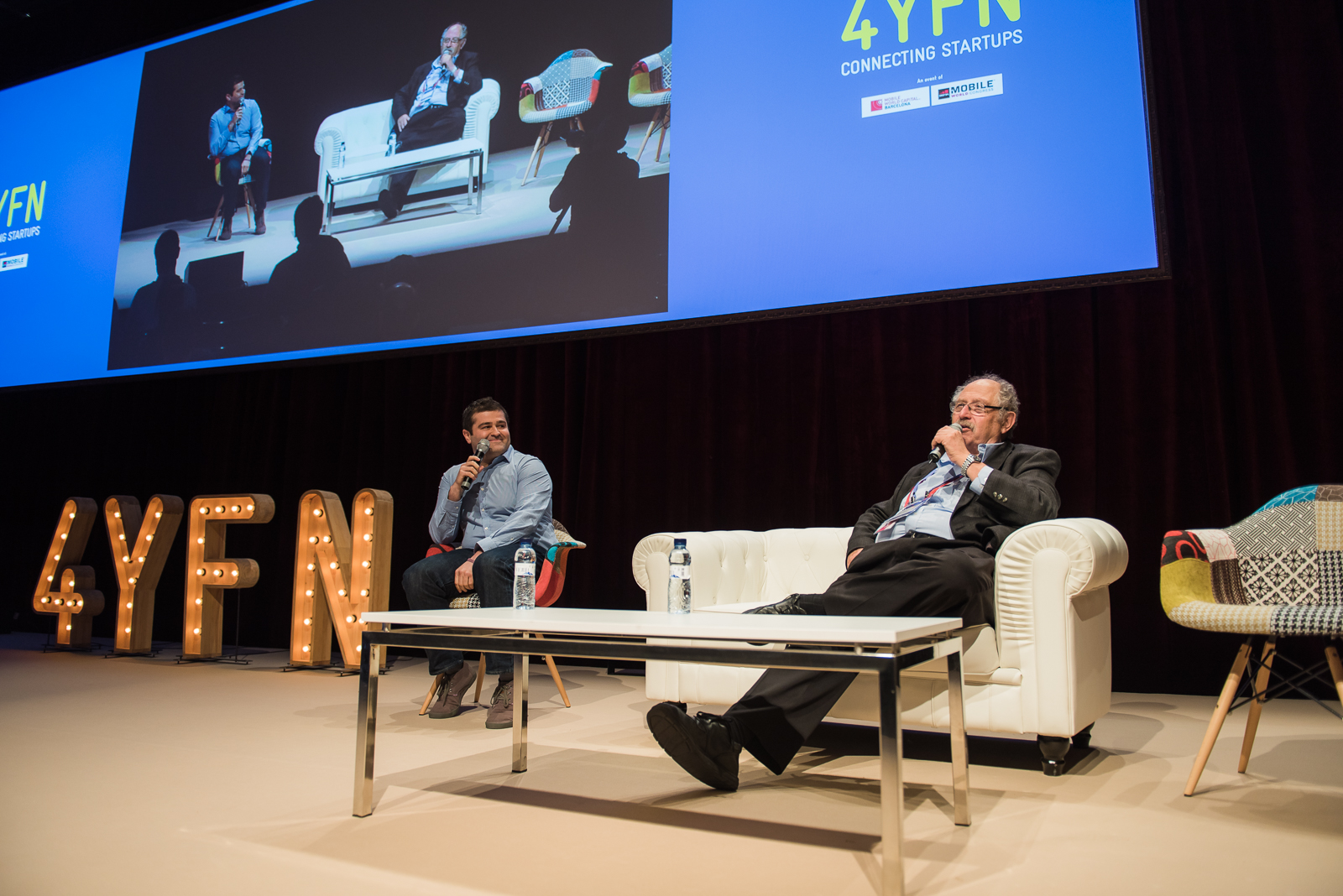
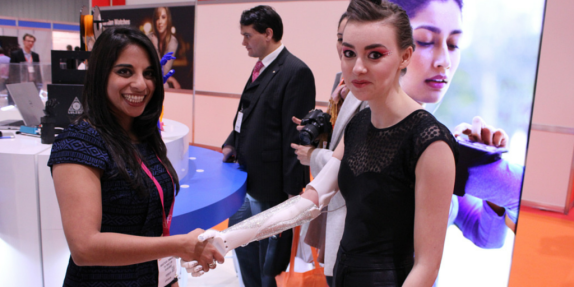
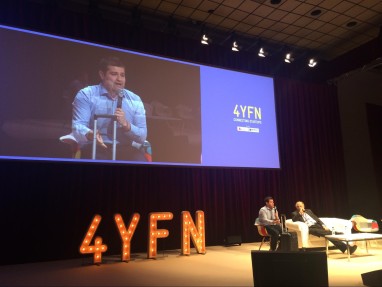
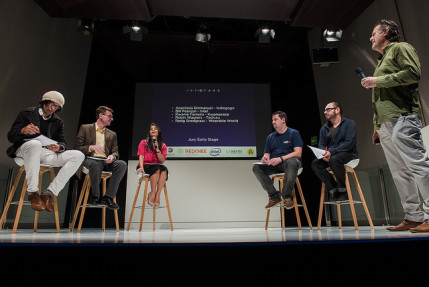
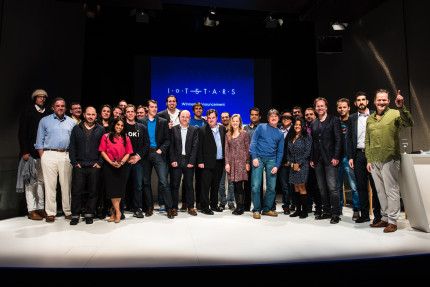
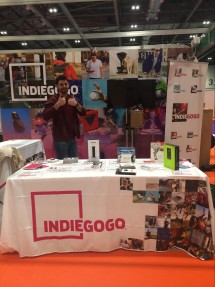
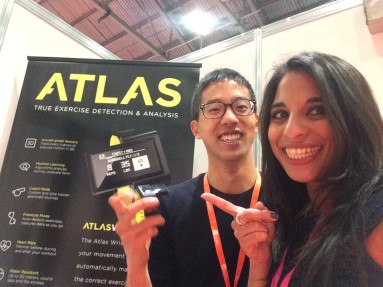

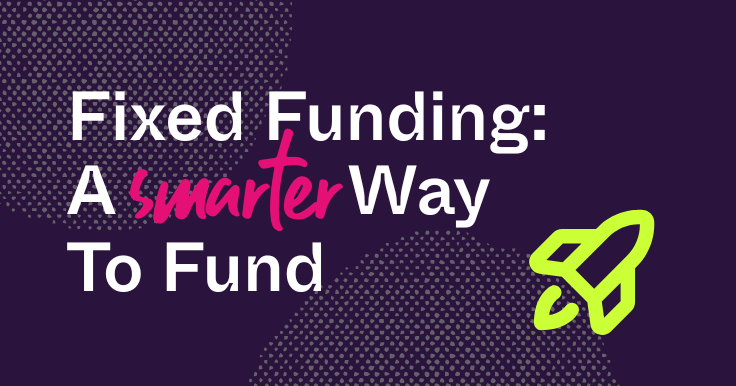

no mention of the lead photo’s tech?
https://igg.me/at/7thetruthwillfreeyou7/x/10390696 he will provide
https://igg.me/at/7thetruthwillfreeyou7/x/10390696
Developing new products is alive and well. Now is the time to relax beneath your toasty toes feet pocket blanket.
I have relaunched my crowdfunding campaign on Indiegogo. Here is the link:
https://www.indiegogo.com/projects/percussion-studio-for-underprivileged-students–2/x/10189123
Please help me increase traffic on my campaign site by promoting and sharing this link.
— Sincerely, Marshall Hoybook